Machine Translation Examples for SaaS & Mobile App Publishers
Machine translation (MT) has become an essential tool in the global expansion strategies of software, SaaS companies, and mobile app publishers. MT allows you to rapidly and efficiently localize your products to cater to diverse markets, breaking down language barriers and reaching a broader audience.
MT enhances localization efforts by automating the translation process for various types of content, including user interfaces, help documentation, and product descriptions. This allows for quicker turnaround times and cost-effective solutions, especially when dealing with large volumes of content. Machine learning algorithms play a crucial role in this process.
NMT leverages neural networks to provide more accurate language translation by understanding context better than traditional statistical machine translation (SMT) methods. Using Artificial Intelligence and multilingual neural machine translation models, machine translations can achieve an accuracy rate of 70-80%, significantly surpassing the capabilities of SMT. This advancement has led to significant improvements in translation quality and efficiency.
In this article, we’ll review the benefits and applications of MT and discuss how MT can be integrated into your existing workflows to maximize your global reach. We’ll also provide insights on how you can choose the right MT provider and enhance MT quality through various techniques.
What is Machine Translation?
Machine Translation (MT) refers to the process of using computer-assisted translation software to translate text from one source language to a target language automatically. This technology has evolved significantly, with the latest advancements being in neural machine translation (NMT). NMT utilizes neural networks to understand context and produce more accurate translations compared to traditional types of machine translation methods like statistical models and rule-based machine translation (RBMT). This is facilitated by machine translation software that employs NLP (natural language processing) techniques.
The primary benefits of MT include increased speed and scalability, which are crucial for fast-paced software development. By automating the translation process, you can quickly localize your content, making it easier to expand into new markets and adapt to different languages efficiently. This automation also reduces costs, as it minimizes the need for extensive manual translation efforts by human translators.
Key Benefits of MT:
- Speed: MT can translate large volumes of content much faster than professional translators, facilitating quicker market entries. This is particularly important for SaaS companies and mobile app publishers that need to keep up with rapid development cycles and frequent updates. By using MT, you can ensure that your products are available in multiple languages almost simultaneously with the initial release.
- Scalability: As businesses grow, MT systems can easily scale to meet increasing translation demands without a proportional increase in costs. This means that as your company expands its user base globally, you can continue to provide localized content efficiently, ensuring that all users have access to the same information and features, regardless of their language.
- Consistency: MT ensures consistent terminology usage across all translated content, maintaining brand voice and accuracy. This is particularly useful for maintaining the integrity of technical documentation, user manuals, and other materials that require precise and consistent language. Automated systems can store and reuse translations of common phrases and terms, reducing the risk of errors and inconsistencies.
- Accessibility: MT can help make content more accessible to non-native speakers quickly, improving user experience and satisfaction. This is crucial in global markets where users expect products and services to be available in their native languages. By using MT, you can meet these expectations more effectively.
Machine Translation in Action: Real-World Examples
MT plays a vital role in software localization by enabling quick and accurate translations of various types of content. Let’s see how MT is used in different areas of software localization:
- User Interfaces (for internal system): Translating the UI of software applications is crucial for ensuring that users can navigate and interact with the product in their native language. MT helps in translating buttons, menus, dialogs, and other UI elements efficiently. This process involves sophisticated language models and translation tools.
- Help Documentation: Comprehensive help documentation is essential for user support. MT can translate large volumes of help articles, FAQs, and user manuals quickly, ensuring that users can find the information they need in their preferred language. Google Translate has been instrumental in translating help content for various Google products, providing instant support to a global user base.
- Product Descriptions: Translating product descriptions is vital in e-commerce platforms and mobile apps to reach a broader audience. MT enables the rapid translation of product listings, reviews, and specifications, facilitating a seamless shopping experience for users. For example, e-commerce giant Amazon utilizes MT to translate millions of product descriptions into multiple languages, enhancing its global market presence.
Many companies have successfully connected to cross-border customers by localizing their businesses. Let us give you a few insights into real-time use cases.
1) xDalys
A Lithuanian company supplies used and genuine parts for different vehicles. After adopting the right technology and localization, its product catalog increased to 14 million from 8 million. It added three additional languages to make its website user-friendly for potential customers from different regions.
2) Airbnb
Airbnb, a world-famous website for booking accommodations operating in over 191 countries, recorded a 67% spike in revenue, reaching $2.2 billion in sales after it localized the website, making it convenient for local users from different regions. Airbnb is available in over 62 languages worldwide.
3) eBay
An American ecommerce MNC established 25 websites for foreign countries, using the local native language and currency of the respective country. After localizing its website, eBay handles more than 8 billion translation requests every day.
Pros of Machine Translation for SaaS & Mobile App Publishers
MT offers several advantages for SaaS and mobile app publishers, particularly in terms of cost-effectiveness and speed.
Cost-Effective Solution
MT provides a cost-effective means of translating large volumes of content quickly. Traditional human translation can be expensive, especially when dealing with extensive documentation, UI, and frequent updates. By automating the initial translation process, you can significantly reduce costs while still ensuring that your content is accessible to a global audience. Advanced machine technology like DeepL and Systran can further enhance this process.
Speed and Scalability
MT can enable your SaaS/mobile app publishing company to reach global markets much faster than traditional human translators can. The ability to instantly translate content into multiple languages ensures that new features, updates, and releases can be made available to your international customer base simultaneously. This rapid localization is essential for staying competitive in the fast-paced industry.
NMT further enhances this capability by providing more accurate and contextually relevant translations, reducing the need for extensive post-editing.
Support for Multiple Languages
You’ll get to handle a wide variety of language pairs with MT, enabling you to expand into diverse markets. Whether it’s translated from English to Spanish, Japanese to French, or Spanish to German, MT systems are equipped to manage multiple languages efficiently, broadening the reach of SaaS and mobile app publishers.
Enhancing Machine Translation Quality
To maximize the effectiveness of machine translation systems, several techniques can be employed to improve the quality of translations.
Custom NMT Models
One of the most effective ways to enhance MT output is by training custom NMT models with specific industry training data. These models learn from specialized training datasets to understand the unique terminology and context of a particular field, resulting in more accurate translations. Companies like IBM are leading the way in creating machine translation engines.
Post-Editing by Human Translators
Despite the advancements in MT, human oversight remains crucial. Post-editing by professional human translators ensures that the machine-generated translations meet high-quality standards. Human translators can correct nuances, cultural references, and complex syntactic structures that MT systems might misinterpret.
Hybrid translation service with Translation Management System
Now, a hybrid translation service, MT translation that is post-edited by OneSky professional human translators, can be seamlessly integrated into existing translation management platforms like OneSky, enhancing the efficiency and effectiveness of the translation process.
Automated Workflows
Automated workflows on translation management systems streamline the entire translation process, from the initial translation, order placing, string management to post-editing and final quality checks. This reduces manual efforts and speeds up the localization process.
Refined AI-Human translation
Heavy investments in MT engine research, integrations and quality assurance are the main concerns for businesses looking to integrate MT into their localization process from scratch on their own.
OneSky takes care of the heavy-lifting work from technical Integrations to onboarding professional translators and offers a competitive hybrid translation service. Simply click and order, SaaS companies and mobile app publishers can enjoy more than 50% cost-saving from a top notch translation service.
Quality Control
Integrated MT systems come with built-in quality control measures that help maintain high translation standards. Features like automated consistency checks, translation memory matching, and post-editing by human translators ensure that the translated text meets the required quality benchmarks.
Choosing the Right MT Translation Provider
Choosing the right MT provider is crucial for ensuring high-quality translations that meet the specific needs of software, SaaS companies, and mobile app publishers. Here are some key criteria to consider:
- Language Support: Ensure that your MT provider supports a wide range of language pairs relevant to your target markets. Providers like Microsoft Translator and DeepL offer extensive language support.
- Customization Options: Look for a provider that allows customization of NMT models. Customizable models can be trained with industry-specific data, improving translation accuracy for specialized content.
- Integration Capabilities: The ability to integrate seamlessly with your existing TMS and workflows is critical. Choose a provider that offers robust APIs and supports integration with platforms like OneSky, enhancing efficiency and workflow automation.
- Scalability: Consider a provider that can scale their services to match your growing needs. Scalability ensures that as your business expands, the MT provider can handle increased translation volumes without compromising quality.
- Support and Reliability: A reliable MT provider should offer strong customer support and service-level agreements (SLAs) to ensure timely issue resolution and consistent service performance.
Maximize Your Global Reach with OneSky
Machine Translation service has revolutionized the localization process for software, SaaS companies, and mobile app publishers. By providing a quality, cost-effective and scalable solution, MT post-editing by human translators is the right choice to enable your business to reach global markets safer, faster and more efficiently.
OneSky’s comprehensive translation management solutions seamlessly integrate MT post-editing by human translators, offering features like automated workflows and robust quality control measures. These capabilities ensure that your content is consistently translated accurately and efficiently, helping you maintain a strong presence in international markets.
Go global with OneSky by localizing your business and connecting with customers across borders. The more people know, the more your business will grow.

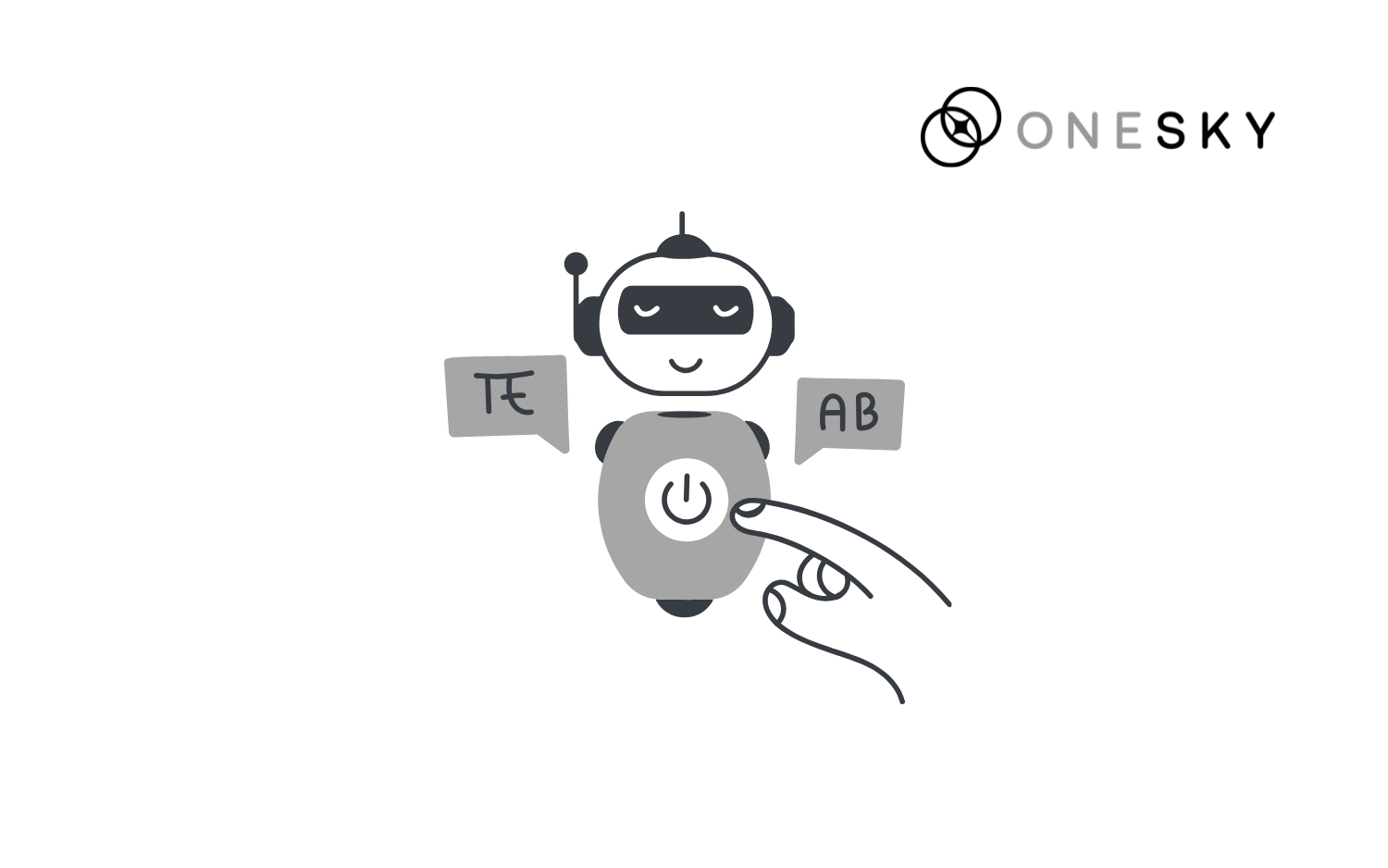
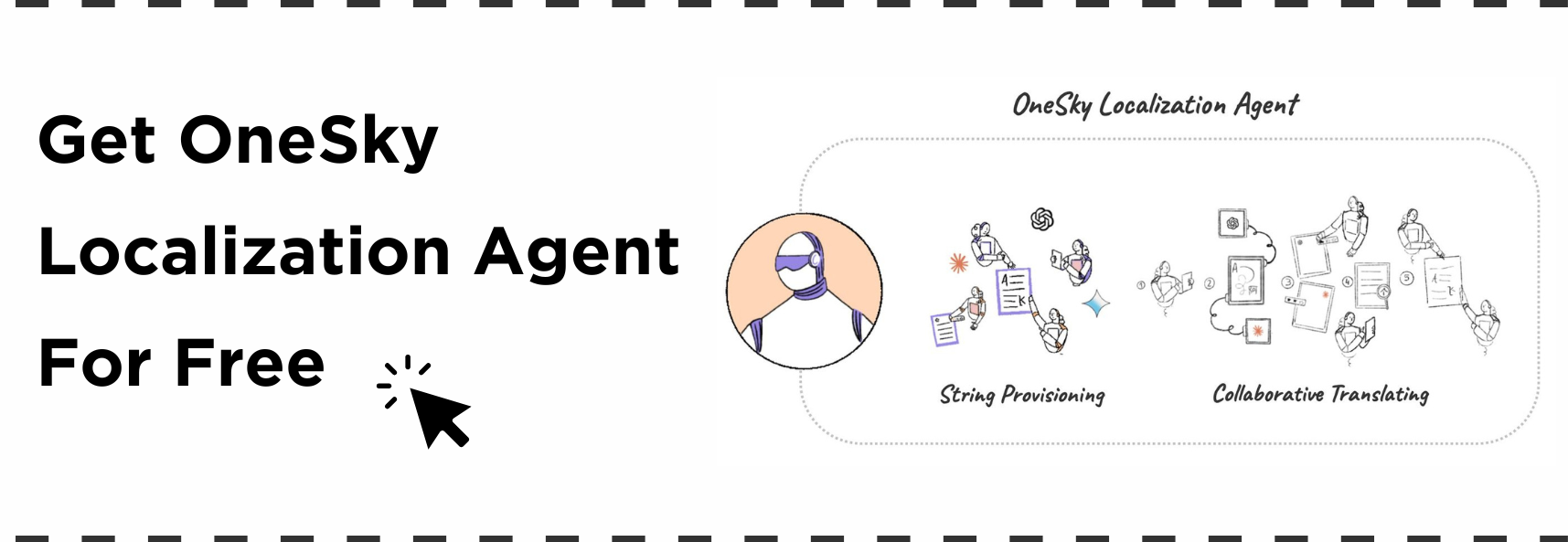

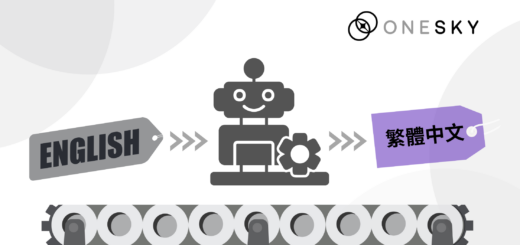
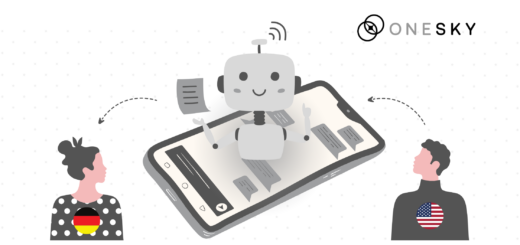
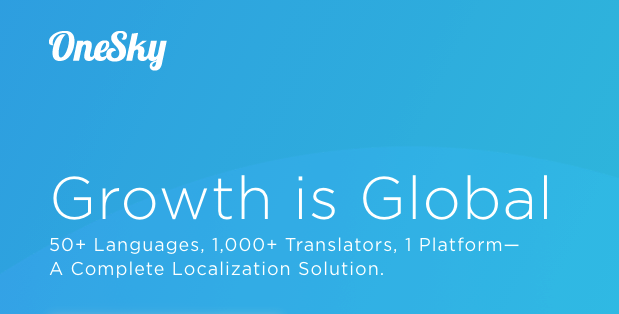


 Written by
Written by 


